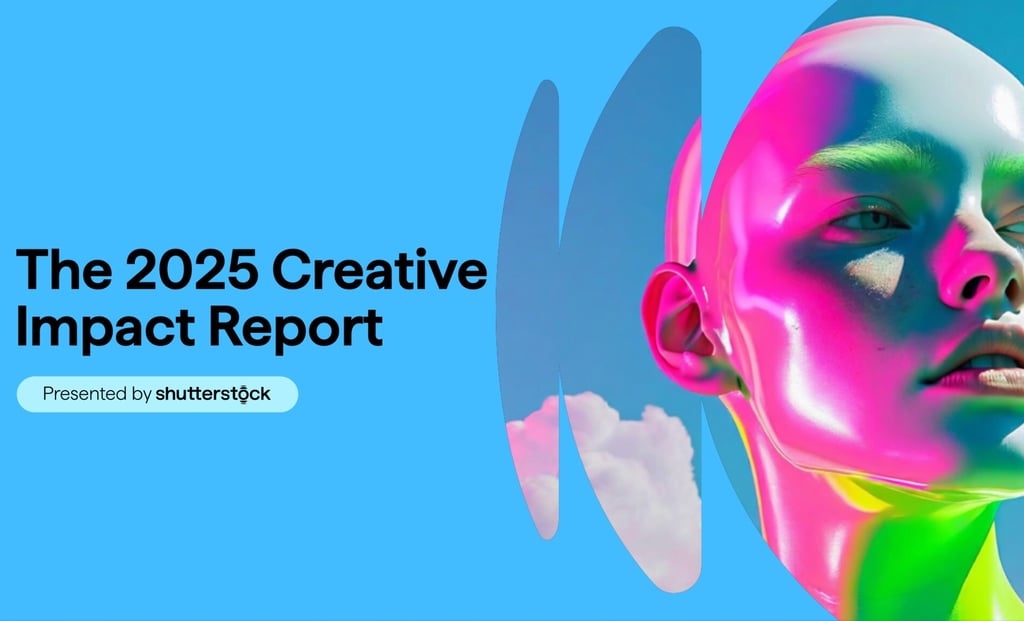New Data Reveals Why Creative Campaigns Are Failing to Resonate with Consumers
MARKETING


Shutterstock's New 2025 Creative Impact Report finds global ad spend up 33% since 2023, while marketing impact drops nearly 20%.
In an era where marketing budgets are continually on the rise, it’s alarming to consider that the actual impact of creative campaigns might be falling. New data from the IPA, System1, and the BITE initiative reveals a concerning trend: despite increased spending, consumer connection with advertising is diminishing. This isn't just a slight dip; it's a potential crisis in creative effectiveness that demands attention from every marketer and brand leader.
The core finding is stark: over the past decade, the average Star Rating of advertising creative has plummeted from 3.0 to 2.5 Stars. For those unfamiliar, Star Rating is a robust, evidence-based metric that predicts long-term brand growth. A drop of half a star might sound minor, but it signifies a substantial erosion in ads’ ability to foster emotional connection and drive sustained brand success. This decline is happening even as companies pour more money into their marketing efforts, suggesting a fundamental disconnect between investment and outcome.
So, what’s going on? The research points to a critical shift: marketers are increasingly prioritizing short-term activation over long-term brand building. In the quest for immediate sales and quick wins, many campaigns are becoming less emotionally engaging and more functionally driven. While activation is crucial, neglecting the emotional resonance that builds brand loyalty and distinction is a dangerous game. As the report highlights, this focus on "fast" is undermining the "feeling" that makes advertising truly memorable and effective.
The problem isn't necessarily a lack of talent or effort, but perhaps a misdirection of focus. With the proliferation of digital channels and the pressure for constant measurement, it’s easy to get caught up in metrics that emphasize immediate clicks and conversions. However, these often don't capture the subtle, long-term impact of emotional connection that builds strong, resilient brands. Ads that evoke strong emotions—whether joy, surprise, or even mild amusement—are far more likely to be remembered, talked about, and ultimately, drive sustainable growth.
“The data is a wake-up call. We’re seeing marketers invest more, but get less in terms of deep consumer connection. It’s imperative that brands re-evaluate their creative strategies and ensure they are building emotional assets, not just pushing products.”
The solution isn't to abandon short-term tactics entirely, but to find a better balance. Brands need to remember that while activation drives immediate sales, brand building fuels future demand. This means investing in creative that resonates on an emotional level, tells a compelling story, and builds a distinctive brand personality. Creative that makes people feel something is creative that builds memory structures, strengthens brand preference, and ultimately, delivers long-term profitability.
In a world saturated with messages, standing out requires more than just being loud; it requires being lovable and memorable. This new data serves as a critical reminder that true marketing effectiveness comes not just from how much you spend, but how powerfully your creative connects with the human heart.
Get your copy of the 2025 Creative Impact Report
